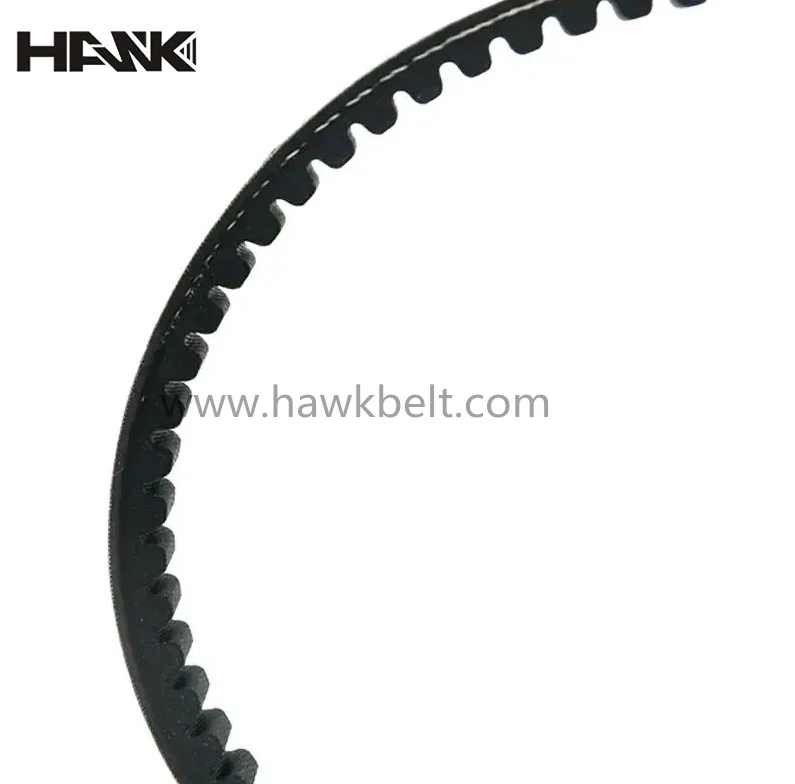- Arabic
- French
- Russian
- Spanish
- Portuguese
- Turkish
- Armenian
- English
- Albanian
- Amharic
- Azerbaijani
- Basque
- Belarusian
- Bengali
- Bosnian
- Bulgarian
- Catalan
- Cebuano
- Corsican
- Croatian
- Czech
- Danish
- Dutch
- Afrikaans
- Esperanto
- Estonian
- Finnish
- Frisian
- Galician
- Georgian
- German
- Greek
- Gujarati
- Haitian Creole
- hausa
- hawaiian
- Hebrew
- Hindi
- Miao
- Hungarian
- Icelandic
- igbo
- Indonesian
- irish
- Italian
- Japanese
- Javanese
- Kannada
- kazakh
- Khmer
- Rwandese
- Korean
- Kurdish
- Kyrgyz
- Lao
- Latin
- Latvian
- Lithuanian
- Luxembourgish
- Macedonian
- Malgashi
- Malay
- Malayalam
- Maltese
- Maori
- Marathi
- Mongolian
- Myanmar
- Nepali
- Norwegian
- Norwegian
- Occitan
- Pashto
- Persian
- Polish
- Punjabi
- Romanian
- Samoan
- Scottish Gaelic
- Serbian
- Sesotho
- Shona
- Sindhi
- Sinhala
- Slovak
- Slovenian
- Somali
- Sundanese
- Swahili
- Swedish
- Tagalog
- Tajik
- Tamil
- Tatar
- Telugu
- Thai
- Turkmen
- Ukrainian
- Urdu
- Uighur
- Uzbek
- Vietnamese
- Welsh
- Bantu
- Yiddish
- Yoruba
- Zulu
វិច្ឆិកា . 28, 2024 06:51 Back to list
Understanding Car V-Belts and Their Importance in Vehicle Performance
Understanding Car V-Belts Importance, Types, and Maintenance
V-belts are an integral component of most automotive engines, playing a crucial role in the efficient operation of various systems within a vehicle. Also known as drive belts or fan belts, these flexible loops are designed to transmit power from the engine's crankshaft to various peripheral devices, such as the alternator, power steering pump, water pump, and air conditioning compressor. This article will delve into the significance of V-belts, the different types available in the market, and maintenance tips to ensure longevity and optimal performance.
The Importance of V-Belts
The primary function of V-belts is to convert the rotational energy produced by the engine into the mechanical energy required to power peripheral components. This action is essential because many engine-driven accessories contribute significantly to a vehicle’s functionality and comfort. For instance, the alternator generates electricity to charge the battery and power electrical systems, while the water pump is vital for maintaining optimal engine temperature.
A properly functioning V-belt ensures that these components operate efficiently, contributing to the overall performance and reliability of the vehicle. Conversely, a worn or damaged belt can lead to a loss of power to accessories or, in worst-case scenarios, catastrophic engine failure. Regular inspection and timely replacement of V-belts are crucial to avoid such issues.
Types of V-Belts
V-belts come in several variations, each designed to cater to specific applications. Understanding these types can help vehicle owners make informed decisions regarding maintenance and replacement. The most common types of V-belts include
1. Classical V-Belts These are the traditional belts, typically made from rubber, featuring a trapezoidal cross-section. They are commonly used in older vehicles and various industrial applications.
2. Narrow V-Belts As the name suggests, these belts are narrower but can deliver more power due to their designed profile. They are prevalent in modern vehicles, particularly those with limited space for accessories.
3. Poly-V Belts (Serpentine Belts) These belts have multiple grooves, allowing them to drive multiple accessories with a single belt. They have become increasingly popular in newer car models for their efficiency and compactness.
car v belt

4. Heavy-Duty V-Belts Designed for high-load applications, these belts are often reinforced with additional materials to enhance durability. They are frequently used in commercial and industrial vehicles.
Maintenance Tips
To ensure that V-belts continue to function optimally, regular maintenance is essential. Here are some key tips for vehicle owners
1. Visual Inspection Regularly check the V-belts for signs of wear, such as cracks, fraying, or glazing. If any damage is visible, the belt should be replaced.
2. Belt Tension Proper tension is critical for the effective transmission of power. A belt that is too loose can slip, while one that is too tight can cause premature wear on the belt and associated components. Tension can usually be adjusted via an idler pulley.
3. Listen for Noises Unusual noises, such as squeaking or squealing, can indicate a problem with the V-belt or related components. If these sounds occur during operation, it’s important to investigate further.
4. Replace as Needed Most manufacturers recommend replacing V-belts every 50,000 to 100,000 miles, but this can vary depending on driving conditions and vehicle make. Consult the vehicle’s owner manual for specific guidance.
Conclusion
V-belts are more than just rubber loops; they are vital to the smooth operation of a vehicle’s accessory systems. Understanding the different types available and committing to regular maintenance can significantly extend the life of these belts and enhance the overall performance of the vehicle. With a little attention and care, drivers can ensure that their vehicles remain reliable and efficient on the road for years to come.
-
Korean Auto Parts Timing Belt 24312-37500 For Hyundai/Kia
NewsMar.07,2025
-
7PK2300 90916-T2024 RIBBED BELT POLY V BELT PK BELT
NewsMar.07,2025
-
Chinese Auto Belt Factory 310-2M-22 For BMW/Mercedes-Benz
NewsMar.07,2025
-
Chinese Auto Belt Factory 310-2M-22 For BMW/Mercedes-Benz
NewsMar.07,2025
-
90916-02660 PK Belt 6PK1680 For Toyota
NewsMar.07,2025
-
drive belt serpentine belt
NewsMar.07,2025

